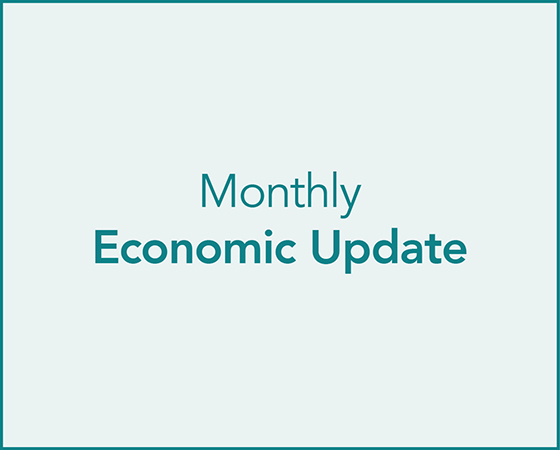Summary
Despite all the noise of politics and worries over tariffs, the nation continued to create jobs in April. The Bureau of Labor Statistics (BLS) released the results of the April employment report and reported a 177,000 increase in jobs creation. This was better then the consensus forecast from economists surveyed by Bloomberg. The forecast was for a 138,000 increase. The pace was slightly slower than the 185,000 jobs created in March.
Establishment survey.
The BLS revised the previous two month's data to show a downward revision of 15,000 jobs in February and a 43,000 downward revision for March. The top three industries accounted for 63% of total jobs growth in April.
-
Healthcare: +58,200
-
Transportation & Warehousing: +29,000
-
Leisure & Hospitality: +24,000
The bottom three industries all lost jobs.
-
Retail Trade: -1,800
-
Other Services: -1,000
-
Utilities: -600
The average worker saw their average weekly earnings rise 4.1% on a year-over-year basis. The at least helped them deal with the continued high level of inflation. The average hourly worker did not receive any additional income due to a longer work week as the average work week remained unchanged at 34.3 hours.
Household survey.
April saw another large divergence between the Household survey and the Establishment survey. Even though the Establishment survey showed the nation added 177,000 jobs, the Household survey showed a 436,000 increase in the number of employed people. Businesses got some encouraging news as the labor force increased 518,000. The unemployment rate was unchanged at 4.2%. The Household survey also showed that the percentage of people working multiple jobs decreased. The percentage of people employed who are working multiple jobs fell from 5.5% of total employment in March to 5.4% in April.
For those people who were already unemployed, the news was not encouraging. The average duration of unemployment rose from 22.8 weeks to 23.2 weeks The percentage of people unemployed 2 weeks or more rose from 21.3% to 23.5%.
Conclusions.
Content Authenticity Statement:
The Economic Update newsletter is comprised entirely of the expertise, thoughts, perspectives, and opinions of the author with no use of generative AI. Data is sourced from the original providers (typically government agencies) and analyzed by the author.

Steve is the Economist for Washington Trust Bank and holds a Chartered Financial Analyst® designation with over 40 years of economic and financial markets experience.
Throughout the Pacific Northwest, Steve is a well-known speaker on the economic conditions and the world financial markets. He also actively participates on committees within the bank to help design strategies and policies related to bank-owned investments.




